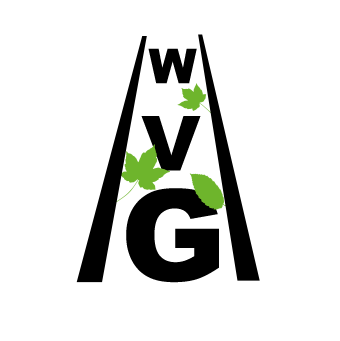History of the Wye Valley Railway
Overview
All the main events in the life of the railway from the first Act of Parliament to closure in the 1990s
Building the Railway
The 1000m Tidenham Tunnel
Tidenham Tunnel, driven though hard limestone, was the most challenging work on the line. Work continued day and night. It took 20 months to complete.
The Engineers – Samuel and Sydney Yockney
Discover the skill of the Victorian railway engineers who designed and supervised the construction of the railway.
Navvies and the equipment used
Several hundred navvies were needed to build the line under the contractors, Messrs. Reed Bros and Co. These navvies not only worked with shovels and wheelbarrows but included trades such as bricklayers, blacksmiths, rock drill operators and carpenters.
Investigation into change of route
The 1866 Act of Parliament authorised a route along the west bank of the River Wye passing through Tintern. The 1874 route followed the east bank of the River Wye. What was the line of both routes and why was the change made?
Why build a tunnel under the embankment? ; Black Morgan Viaduct
Not far from the northern portal of Tidenham tunnel a short tunnel passes under the embankment. But why is it there?
The Wireworks branch
The Duke of Beaufort insisted this short branch line was built to serve his wireworks, setting onerous conditions on the Wye Valley Railway.
Worked by locomotive for 22 years then by horses for 35 years.
Operating the Railway
Steam locomotives, autocoaches and diesels
Information and photographs including the workhorse pannier tank steam engines and diesels capable of hauling 20 loaded quarry wagons.
Railcars
The wind tunnel tested streamlined railcars which ran on the railway.
Stations, Halts and signals
From Monmouth Troy station which was dismantled brick by brick and rebuilt on the Gloucestershire and Warwickshire Steam Railway, to the romantic association of Tidenham station ending at Chepstow.
Quarry rail traffic
Two major quarries were served by the Wye Valley Railway:
Tintern Quarry operated from 1931 to 1981. It is located just north of the northern portal of the Tidenham tunnel approximately 2 miles from the main line junction.
Tidenham (Dayhouse Quarry) was operated by T.S.Thomas (Lydney) Ltd. Tidenham station was turned into a stone loading site for the quarry in 1968. It was situated half a mile from the main line junction. The last train ran to the quarry in September 1992. It is now the National Diving and Activity Centre.
Platelayers
Platelayers maintained the track, the railway- owned land next to the track and the tunnels. They used platelayer huts for shelter, tea and meal breaks.
Camping coaches
From the 1930’s railway companies started to offer holiday accommodation in converted railway coaches which had reached the end of their life as passenger vehicles. The only camp coach on the Wye Valley Railway was in a siding at Tintern and first appeared in 1935.
Coaches and Passenger Traffic
From Victorian four wheeled gas-lit coaches to autocoaches which had a driving cab at one end.
Internal coach details include decorative blinds and thief proof toilet roll holders.
Wagons and freight traffic section - under preparation
Competition , financial performance and line closure section - under preparation
Supplementary photograph archive - under preparation














